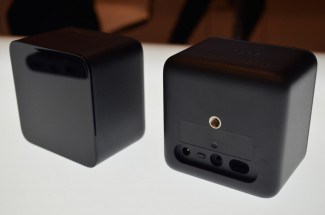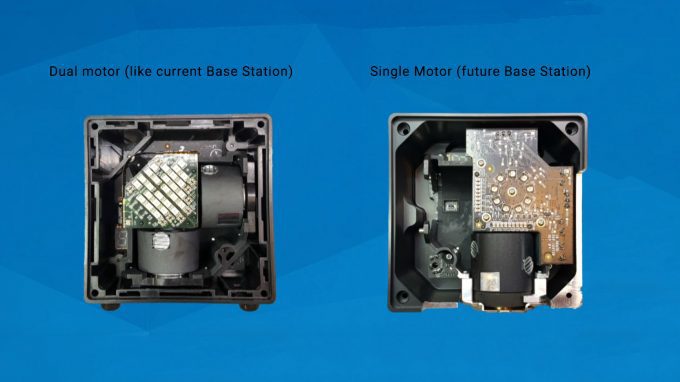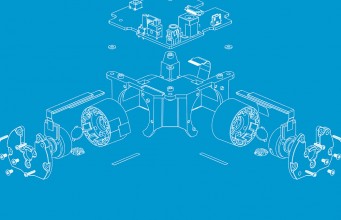
Valve today announced plans to begin selling SteamVR Tracking base stations directly later this year; the first units on offer are expected to be the new single-rotor models the company recently teased. Valve is also making it easier to develop new tracked products and accessories with SteamVR Tracking by removing the requirement of a $3,000 introductory course.
When Valve opened up their SteamVR Tracking (aka ‘Lighthouse’) technology in 2016, the company did so in a quite open way: anyone could use the tracking tech in their own products, royalty free, and didn’t need any sort of certification or approval from Valve to launch those products. There was just one catch though: people hoping to use SteamVR Tracking in their devices would need to attend a $3,000 introductory course in Seattle.

Today, Valve says the course will no longer be a requirement (though it will still be available). Anyone who wants to develop new products using SteamVR Tracking can do so as easily as buying the necessary hardware components and downloading the development software.
“After working with numerous third parties and updating the tools, Valve is opening more direct access to the technology and course work, available free of charge in English and Chinese. The full, in person training courses are still available for those interested,” the company wrote in a statement issued to Road to VR.
Valve also announced plans to sell the SteamVR Tracking base stations—the little beacons that project lasers to created a trackable volume—directly later this year. That’s a shift from the status quo, where the base stations come packaged with HTC’s Vive headset, or are bought as a standalone accessory from HTC.
Valve pioneered the tracking tech and this new move seems to indicate that the company plans to continue to be the driving force behind its advancement and adoption. Going forward we may find that HTC primarily drives the development of the Vive headset while Valve—who worked closely with HTC on Vive—retains control of the underlying tracking technology.

New SteamVR Tracking base stations were teased by Valve in late 2016 and the company confirmed previously that they would become available in 2017. The new models will move from a dual-rotor to a single-rotor design, which could bring “rapid cost reductions,” according to those involved with Valve’s tracking technology. Currently the standalone base stations sold by HTC cost $130.
Valve says that more than 500 companies have signed up to develop with SteamVR Tracking technology. Oculus meanwhile had confirmed in 2015 plans to open up their own ‘Constellation’ tracking system to third-parties, but hasn’t broached the topic in recent years.
The post Valve to Sell Base Stations Directly, Lower Barrier to SteamVR Tracking Development appeared first on Road to VR.
Source: Valve to Sell Base Stations Directly, Lower Barrier to SteamVR Tracking Development




